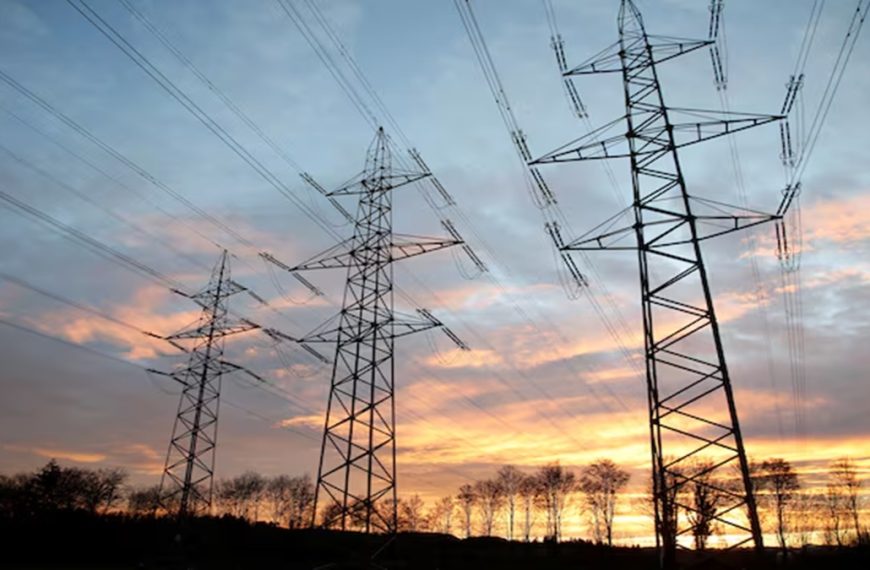The Indian government’s revenue from public sector enterprises (CPSEs) has soared to unprecedented heights, surpassing its revised budget target of ₹55,000 crore by an impressive 34%. In the financial year 2024-25, these dividend receipts have reached nearly ₹75,000 crore, marking a significant milestone in non-tax revenue.
Record-Breaking Dividends from CPSEs
In FY25, dividends from CPSEs have shown a remarkable 16% increase compared to the previous record of ₹63,749 crore in FY24. This surge is primarily fueled by robust contributions from the energy sector, particularly from major players like Coal India and Oil & Natural Gas Corporation (ONGC).
- Coal India stands out as the largest contributor, providing ₹10,252 crore to the government, up from ₹9,532 crore the prior year.
- ONGC also made a significant jump, contributing ₹10,002 crore, compared to ₹7,594 crore in FY24.
The petroleum sector, benefiting from lower crude prices, collectively contributed ₹22,146 crore in FY25, which is a 14% increase from ₹19,353 crore in the previous year.
Adjustments in Budget Estimates
During the budget announcement on February 1, the government adjusted its dividend expectations from CPSEs down to ₹55,000 crore from an earlier estimate of ₹56,260 crore. However, the actual receipts exceeded this by approximately ₹19,000 crore.
For context, in FY24, the Centre had budgeted ₹50,000 crore, and ultimately received ₹63,749 crore in dividends from CPSEs, making it the second-highest annual figure recorded.
Future Projections for FY26
Looking ahead, the government anticipates dividend receipts of ₹69,000 crore for FY26, based on the assumption that global commodity prices, including crude oil, remain stable.
Fiscal Impact of Higher Dividends
The increase in dividend receipts from CPSEs, coupled with a substantial ₹2.11 trillion dividend from the Reserve Bank of India, has helped mitigate the government’s fiscal deficit. The revised estimate for the fiscal deficit in FY25 stands at 4.8% of GDP, down from an earlier projection of 4.9%. With continued strong dividends and potentially lower capital expenditure, the actual fiscal deficit might even drop to 4.7%.
In a strategic move to bolster operational flexibility, the Centre updated its capital management guidelines in November 2024, enabling CPSEs to adjust their dividend payments. The revised rules state that each CPSE must distribute a minimum annual dividend of 30% of profit after tax (PAT) or 4% of net worth, whichever is higher. This adjustment replaces the previous standard, which required a higher threshold of 5% of net worth. This change is expected to ease pressure on CPSEs, allowing them to reward shareholders while continuing to support business growth.
These developments reflect the Indian government’s proactive approach in enhancing its revenue streams while ensuring sustainable growth in the public sector.











